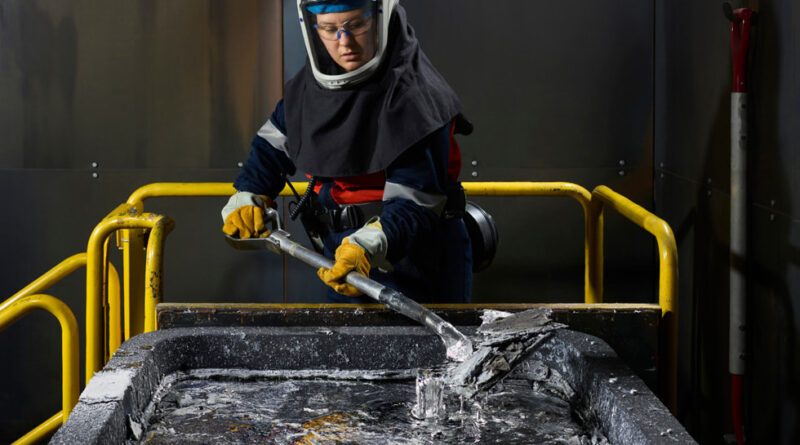Apple’s $4.7B in Green Bonds support innovative green aluminium technology
The company plans to use the world’s first commercial-purity low-carbon aluminum from ELYSIS in the iPhone SE. Apple’s Green Bonds have helped spur a breakthrough in the production of aluminum, creating oxygen instead of greenhouse gases in the smelting process.
Investments from Apple’s $4.7 billion in Green Bonds have helped jump-start the development of new low-carbon manufacturing and recycling technologies, the company has announced recently. Apple has issued three Green Bonds since 2016, with projects showcasing how the investments can reduce global emissions and bring clean power to communities around the world.
As part of this work, Apple is purchasing direct carbon-free aluminum following a major advancement in smelting technology to reduce emissions. The aluminum is the first to be manufactured at industrial scale outside of a laboratory without creating any direct carbon emissions during the smelting process. The company intends for the material to be introduced in the iPhone SE.
“Apple is committed to leaving the planet better than we found it, and our Green Bonds are a key tool to drive our environmental efforts forward,” said Lisa Jackson, Apple’s vice president of Environment, Policy, and Social Initiatives. “Our investments are advancing the breakthrough technologies needed to reduce the carbon footprint of the materials we use, even as we move to using only recyclable and renewable materials across our products to conserve the earth’s finite resources.”
In total, Apple has issued $4.7 billion to accelerate progress toward the company’s goal to become carbon neutral across its supply chain by 2030. Its first two bonds in 2016 and 2017 are now fully allocated. The 2019 Green Bond is supporting 50 projects, including the low-carbon aluminum breakthrough. These 50 projects will mitigate or offset 2,883,000 metric tons of CO2e, install nearly 700 megawatts of renewable energy capacity around the world, and promote new recycling research and development.



